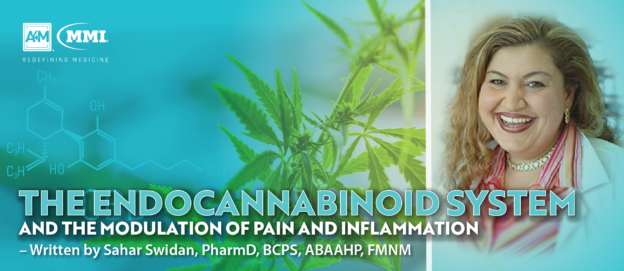Sickle cell disease, a red blood cell disorder that causes cellular deformation resulting in cells similar in shape to sickles, is the most common inherited blood disorder in the United States and affects approximately 100,000 Americans. The vulnerable cells have a shorter lifespan than normal cells and thus, there is a decreased amount of oxygen being transported through the body. As these cells tend to clog smaller blood vessels as well, they can result in acute or chronic pain, infection, and serious cardiovascular complications.
Currently, the Centers for Disease Control and Prevention recommend over-the-counter analgesics for the treatment of mild pain in cases of sickle cell disease. In more severe cases, clinicians often prescribe opioid medications, such as morphine, which come with serious and potentially fatal side effects. As such, there has been a growing number of research efforts into pain management methods for patients with sickle cell disease that mitigate adverse health outcomes.
Previous research has found that cannabis-based interventions can be effective at mitigating chronic pain, inflammation, and other unwanted symptoms. Emerging evidence published in JAMA Network Open explores the potential benefit of cannabis as an intervention for successful and safe pain management. The proof of principle study found that cannabis was a relatively safe intervention and could improve mood levels in patients who experience chronic pain from sickle cell disease.
Cannabis-Based Interventions
The medicinal indications of cannabis – now legal in 33 states – continue to expand as cannabis becomes increasingly popular as an analgesic within the scientific community. In the latest study, using cannabis as an analgesic was found to have the best evidence base compared to that of other interventions; however, authors of the study note that few human studies have explored the use of cannabis as a treatment for chronic pain in the case of chronic health conditions thus far.
Researchers conducted a double-blind, placebo-controlled, randomized proof of principle study aiming to test the hypothesis that cannabis can be an efficacious pain reliever in adults with sickle cell disease compared with placebo interventions. Participants of the study had all been diagnosed with sickle cell disease and were being treated with opioid analgesics at the time. They were required to have prior experience smoking cannabis to ensure they would administer the medication properly and be able to recognize its effects. Individuals currently using cannabis were asked to discontinue use for a week prior to the initiation of the trial. Out of the 27 total participants, 23 completed the full study and were included in the final analysis.
As part of the study, participants completed two 5-day trips to an inpatient research center – visits were at least 30 days apart – at which they inhaled either vaporized cannabis or vaporized placebo three times per day. Throughout their stay, researchers assessed participants’ pain levels, the interference of pain in a range of daily activities, mood, as well as associated side effects.
Reduced Impact on Mood
The study’s authors report that inhaled, vaporized cannabis did not significantly improve the intensity of pain compared with placebo interventions, however, they found that when participants inhaled cannabis, pain interfered less with their mood. Additionally, the effects were noted without significant adverse side effects implicating the relative safety of the intervention.
Co-author Dr. Kalpna Gupta from the University of California Irvine’s Center for the Study of Cannabis explained in a Medical News Today article: “These trial results show that vaporized cannabis appears to be generally safe. They also suggest that sickle cell patients may be able to mitigate their pain with cannabis — and that cannabis might help society address the public health crisis related to opioids. Of course, we still need larger studies with more participants to give us a better picture of how cannabis could benefit people with chronic pain.”
The latest research paves the way for future studies that are needed to verify these initial findings although, its findings are promising for quality of life improvement in sickle cell disease patients. However, the trial had limitations as a proof of principle design; the cohort was small and larger scale studies are necessary to validate its results. Furthermore, the short treatment duration and follow-up period limits the generalizability of the data as participants only ingested vaporized cannabis three times a day during the study; this may not be reflective of actual use patterns of medicinal cannabis for pain relief. Nonetheless, the latest evidence shows promise for the development of future novel treatments and cannabis-based interventions for chronic pain management and mood improvement.



